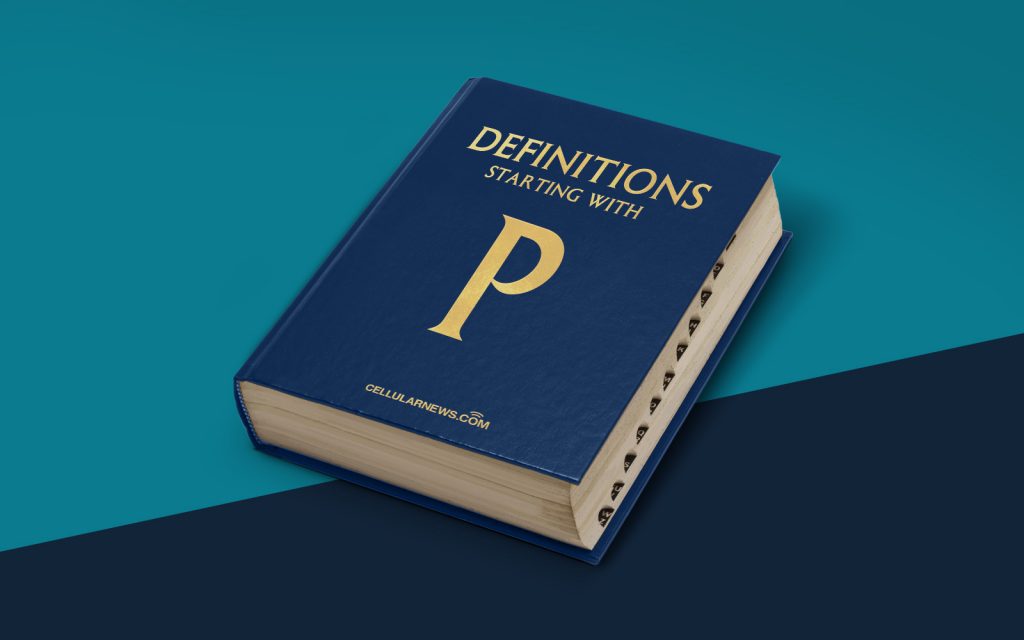
What is Personalization?
Welcome to another installment of our Definitions category, where we dive deep into various concepts surrounding digital marketing. In this post, we’ll be exploring the intriguing concept of personalization, a key strategy used by businesses to enhance customer experiences and drive meaningful connections. But what exactly is personalization? Join us as we uncover the ins and outs of this powerful marketing technique.
Key Takeaways:
- Personalization is a marketing strategy that tailors content, products, and experiences to the individual preferences, needs, and behaviors of a specific audience.
- It involves leveraging data and insights to deliver more relevant and personalized messaging, product recommendations, and user experiences.
Personalization in marketing goes beyond simply addressing someone by their first name in an email. It’s about creating an immersive and tailored experience for each customer, ultimately enhancing engagement and fostering long-term loyalty. To achieve this, businesses must invest in robust data collection and analysis, allowing them to gain a deeper understanding of their audience’s behaviors, preferences, and needs.
Now, you may be wondering, how does personalization actually work? Well, the process typically involves the following steps:
- Data Collection: Gathering relevant information about each user, such as browsing history, purchase behavior, demographics, and preferences. This can be done through various channels, including website cookies, interactive forms, social media engagement, and loyalty programs.
- Data Analysis: Once the data is collected, businesses use advanced analytics tools to analyze and derive insights from the gathered information. This helps them uncover patterns and trends, identify customer segments, and predict future behaviors.
- Content Personalization: Armed with the insights gained from data analysis, businesses can customize their marketing messages, product recommendations, and user experiences. This could involve segmenting the audience and delivering targeted emails, displaying personalized product suggestions on e-commerce websites, or tailoring website content based on user preferences.
- Continuous Optimization: Personalization is an ongoing process. To ensure its effectiveness, businesses need to constantly monitor and adjust their personalization strategies based on performance metrics and user feedback. This enables them to refine their approach and deliver even more personalized experiences over time.
Now that you have a better understanding of the mechanics behind personalization, let’s explore the benefits it brings:
- Enhanced Customer Experience: By personalizing content and experiences, businesses can better meet the needs and preferences of their target audience. This leads to higher customer satisfaction, increased engagement, and improved brand perception.
- Improved Conversion Rates: Personalization helps deliver more relevant messaging and recommendations, increasing the likelihood of conversions. When users feel that a brand understands their unique needs, they are more likely to make a purchase or take the desired action.
In summary, personalization is a powerful marketing strategy that allows businesses to deliver tailored content, products, and experiences to their audience. By leveraging data and insights, businesses can create more meaningful connections with their customers, ultimately driving engagement, loyalty, and business growth.
That wraps up our exploration of personalization. Stay tuned for more enlightening discussions in our Definitions series. Until then, happy personalizing!
